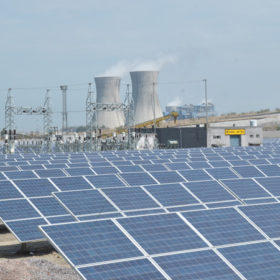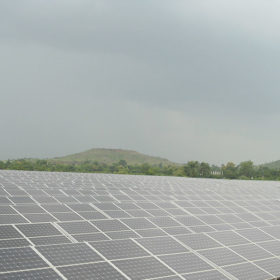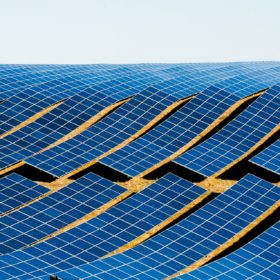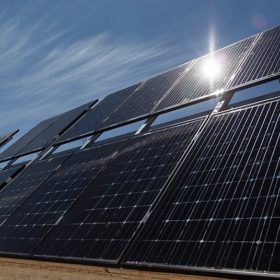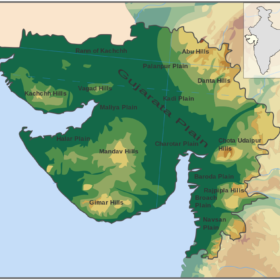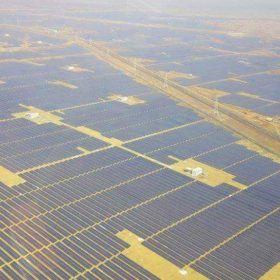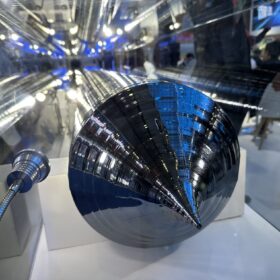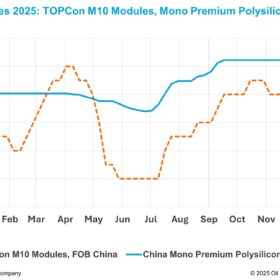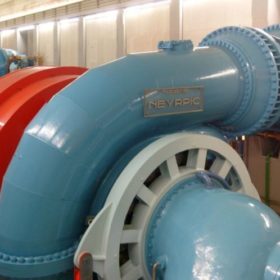NTPC seeks to enlist solar project developers and EPC contractors
The state-run power producer has invited solar developers and EPC contractors to enlist for developing its grid-connected floating/ground-mounted solar projects. Applications can be submitted until September 16.
RattanIndia sells 306 MW solar assets to GIP
The coal-fired power generator is exploring new avenues of business with thrust on sectors that do not require huge amount of debt and are focused on new technologies. It has decided to participate in coal block auction process with a view to profitably mine and sell coal commercially.
Adani now the world’s largest solar power developer
India’s largest private-sector thermal power producer—which ranked as the sixth-largest solar player globally in 2019—has climbed to the top spot following a Solar Energy Corporation of India (Seci) award to develop 8 GW of Indian solar project capacity.
IEEFA: Why India can’t match the Gulf region’s record-low solar tariffs
India’s solar tariffs—whilst some of the lowest in the world—are almost double the Gulf region’s US¢1.35-1.80/kWh.
Developers want customs duty on solar panels deferred
The Solar Power Developers Association (SPDA) said one-year safeguard duty extension had already resulted in escalated capital costs. Any additional tariff barriers would jeopardize the Government’s ‘100 GW by 2022’ target.
Sprng Energy buys 165 MW of solar modules from China’s Risen
During the financial year 2019-20, Chinese manufacturer Risen was the second-largest PV module supplier to Indian solar installations, accounting for around 9.9% of the overall shipments.
Gujarat opens tender for 110 MW of grid-connected solar plants
Gujarat State Electricity Corporation Limited (GSECL) has invited bids to set up an aggregate 110 MW of grid-connected solar power plants across three substations of the Gujarat Energy Transmission Corporation Limited (GETCO). Bidding closes on September 16.
Solar-powered hydrogen under $2/kg by 2030
Researchers from the Massachusetts Institute of Technology have identified sites where hydrogen could be produced via PV electrolysis at prices ranging from $1.90/kg to $4.20/kg in the United States by the end of the decade.
Greenko, NTPC sign MoU for round-the-clock power supply
Hyderabad-based RE developer Greenko Energies, which is developing over 40 GWh of pumped hydro storage projects in India, has partnered with NTPC to develop round-the-clock power supply solutions by integrating renewable energy sources and pumped storage.
Malaysia’s Yinson increases stake in India solar plant to 95%
Having acquired a 37.5% stake in March, Yinson has now agreed to buy an additional 57.5% equity interest in Indian independent power producer Rising Sun Energy (RSE) with a cumulative operational capacity of 140 MW (AC) in the Bhadla Solar Park.
